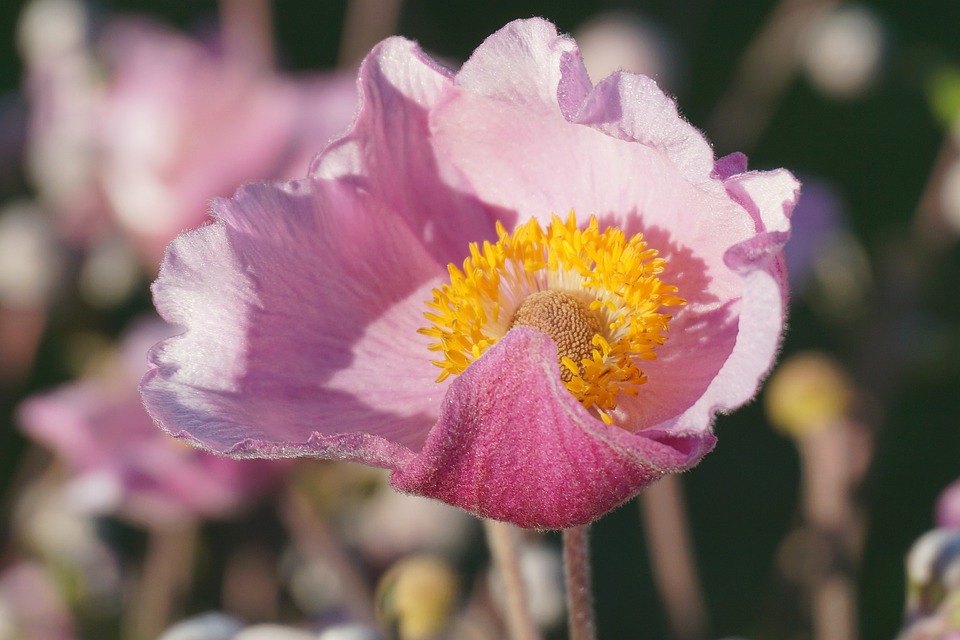Introduction
Outdoor lighting can transform your garden into a mesmerizing and inviting space. It has the power to highlight the
beauty of your plants, trees, and architectural features while creating a safe and functional environment. In this
article, we will explore the various ways you can maximize the potential of your garden with outdoor lighting.
The Importance of Outdoor Lighting
Outdoor lighting serves a multitude of purposes. Firstly, it enhances the aesthetics of your garden during the night,
turning it into a captivating visual feast. Secondly, it improves safety by illuminating pathways, stairs, and other
potential hazards. Lastly, outdoor lighting allows you to extend the usability of your garden beyond daylight hours,
creating an inviting space for relaxation or entertainment.
Strategic Placement
Strategically placing outdoor lights can make a significant difference in the overall ambiance and functionality of
your garden. Consider highlighting focal points such as a beautiful flower bed, a waterfall, or an exquisite sculpture.
Pathway lights should be installed along walkways to guide guests and ensure their safety. Additionally, accent lights
can be used to define boundaries, add depth to the landscape, or create a dramatic effect.
Choosing the Right Light Fixtures
Choosing the right light fixtures is crucial to achieve the desired effect in your garden. LED lights are an excellent
choice due to their durability, energy-efficiency, and versatility in terms of color options. Solar-powered lights are
also gaining popularity as they are environmentally friendly and easier to install without requiring additional wiring.
Consider the style and materials of the light fixtures to ensure they blend harmoniously with the overall theme of your
garden.
Layering Lighting
Consider implementing a layered lighting approach to create depth and dimension in your garden. Different types of
outdoor lights, such as spotlights, floodlights, and string lights, can be combined to achieve this effect. Layering
lighting also allows you to adjust the intensity and atmosphere for different occasions, whether you want a romantic
setting or a brightly lit area for outdoor activities.
Efficient Energy Use
Maximizing the potential of your garden with outdoor lighting also means considering energy efficiency. Opt for
low-energy LED bulbs and timers to reduce electricity consumption. Using motion-sensor lights or dimmers can further
lower energy usage and extend the lifespan of your light fixtures.
Maintenance and Safety
Regular maintenance ensures that your outdoor lighting remains in good condition and performs optimally. Clean the
fixtures regularly, replace bulbs when necessary, and inspect for any damages. It’s also essential to prioritize
electrical safety when installing or modifying outdoor lighting. Consult a professional if needed, especially when
dealing with electrical wiring.
FAQs
Q: What type of outdoor lights is most suitable for my garden?
There isn’t a one-size-fits-all answer to this question as it depends on various factors such as the size and layout
of your garden, the intended purpose of the lights, and your personal preferences. However, consider using a combination
of pathway lights, spotlights, and accent lights for a balanced and visually appealing effect.
Q: Can I install outdoor lighting myself?
Simple installations such as solar-powered lights or plug-and-play systems can be done by homeowners. However, if you
are unfamiliar with electrical work or the project involves complex wiring, it’s recommended to hire a professional
electrician to ensure safety and compliance with local building codes.
Q: How can I protect my outdoor lights from harsh weather conditions?
Choose weather-resistant light fixtures specifically designed for outdoor use. Ensure proper sealing of connections
and use waterproofing seals or gaskets where necessary. Additionally, consider installing covers or shades to protect
the lights from direct exposure to elements like heavy rain or snow.




